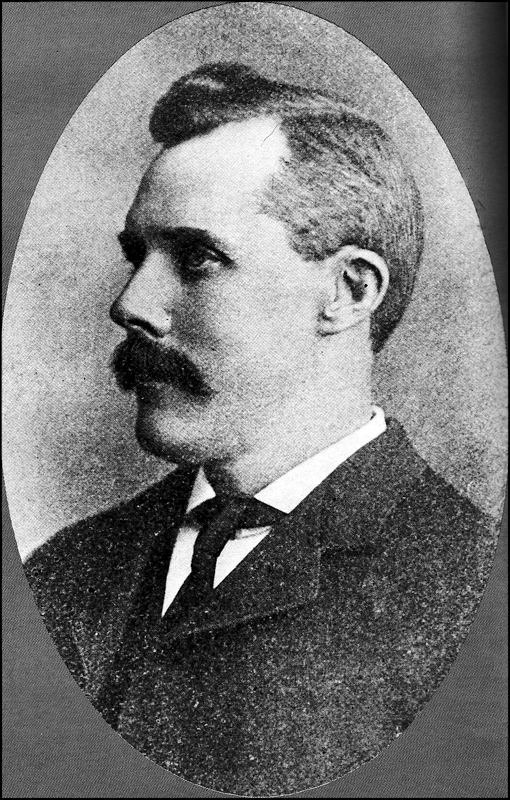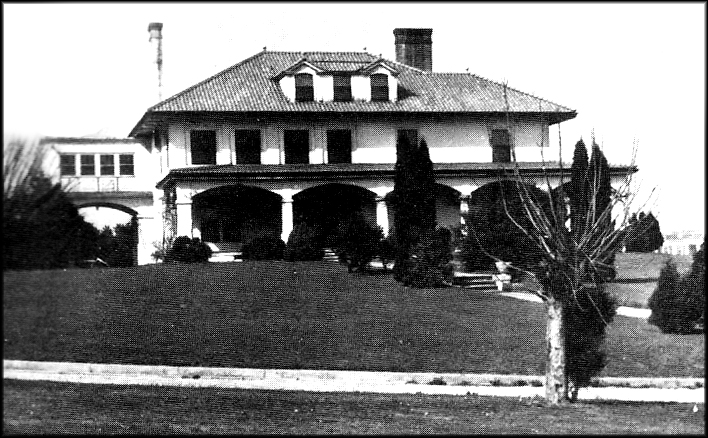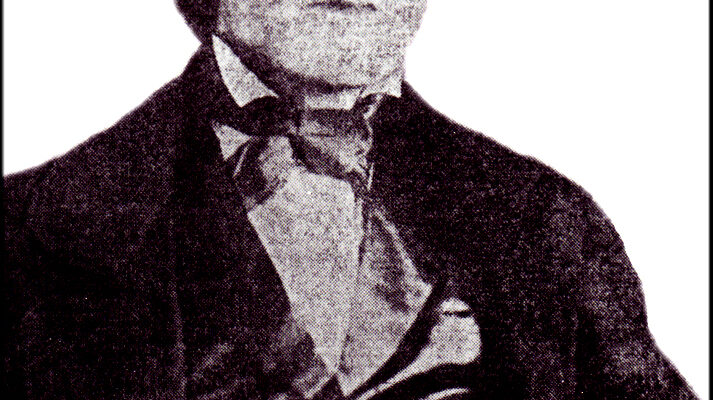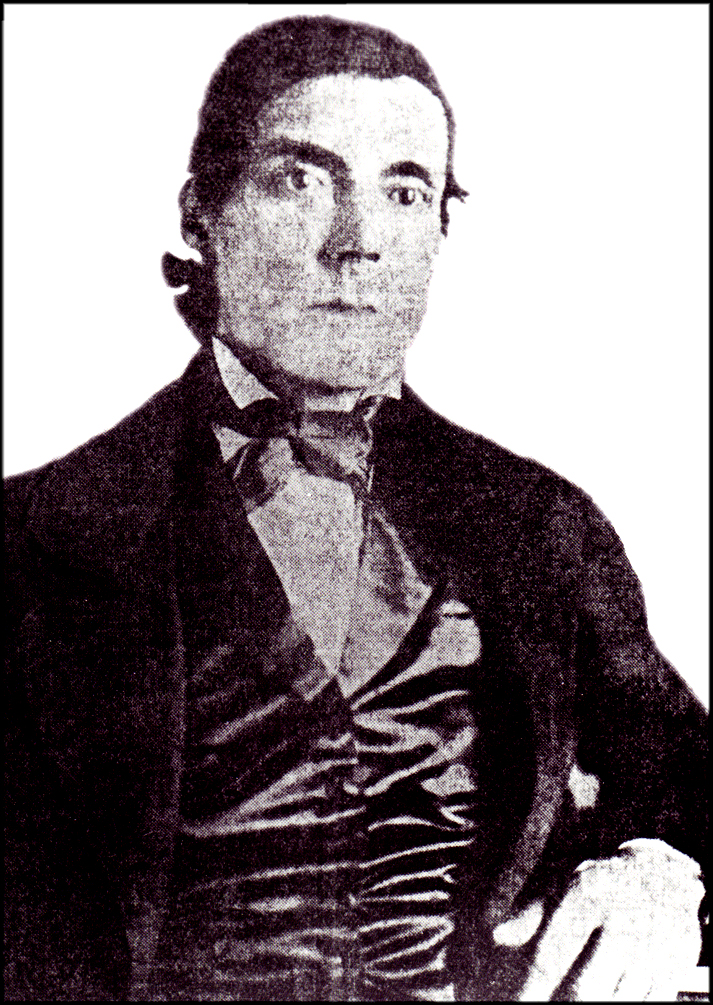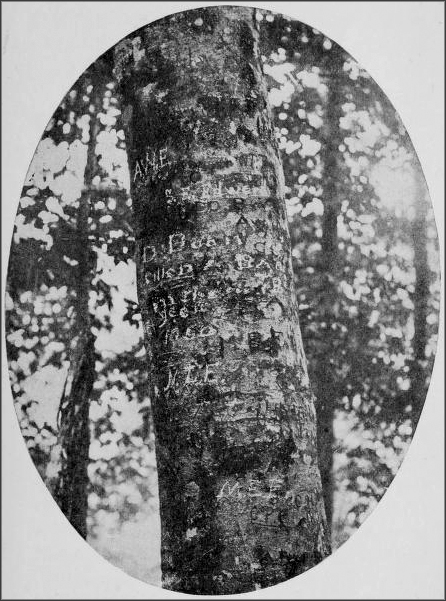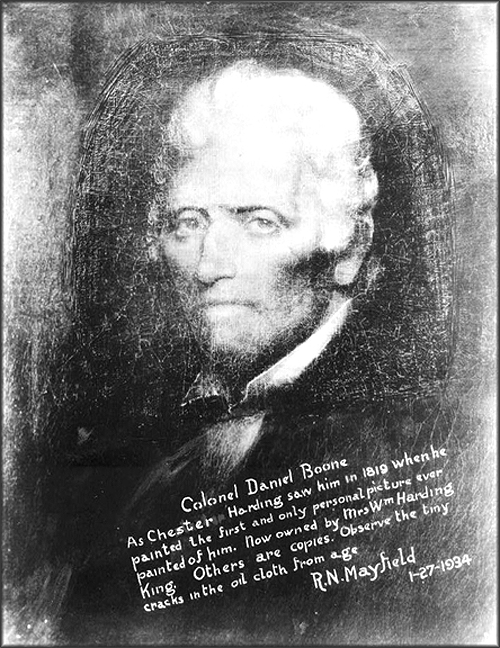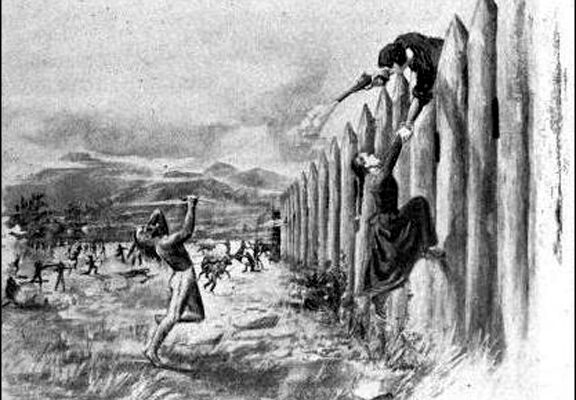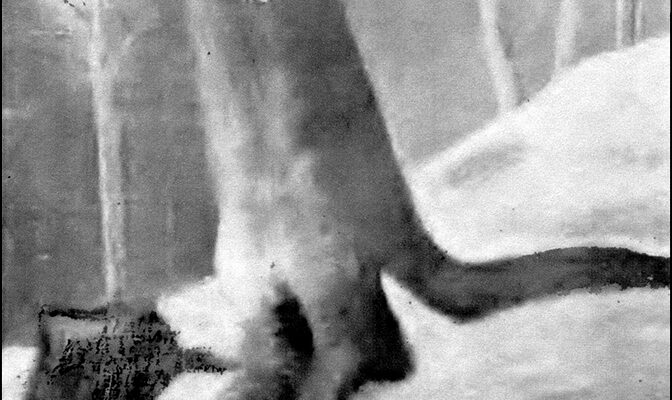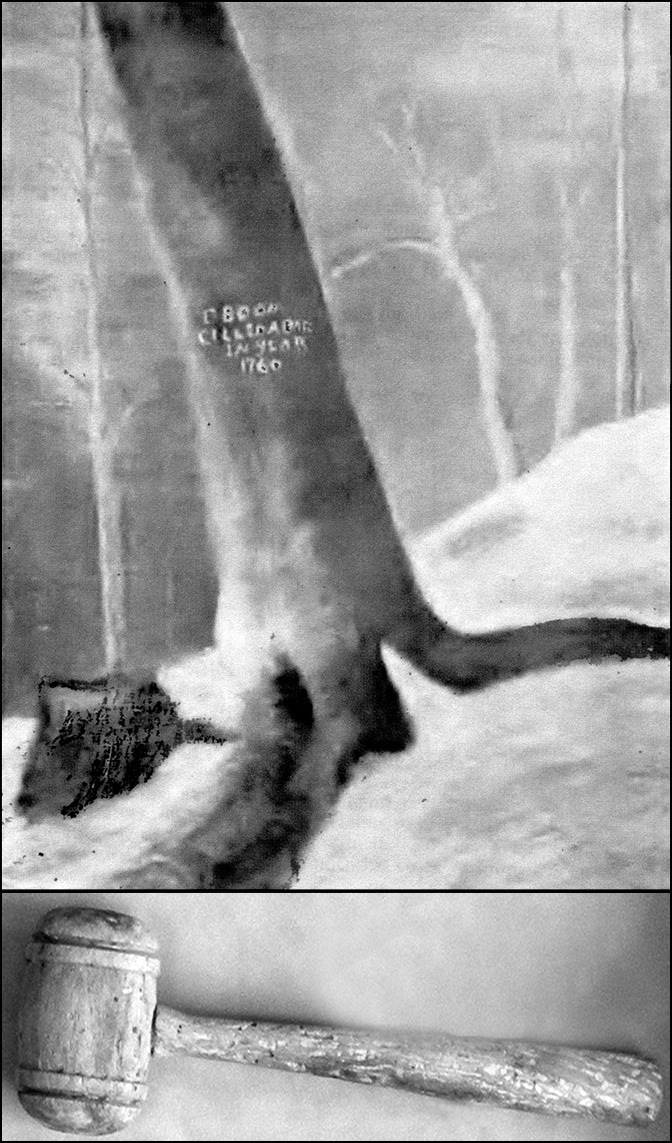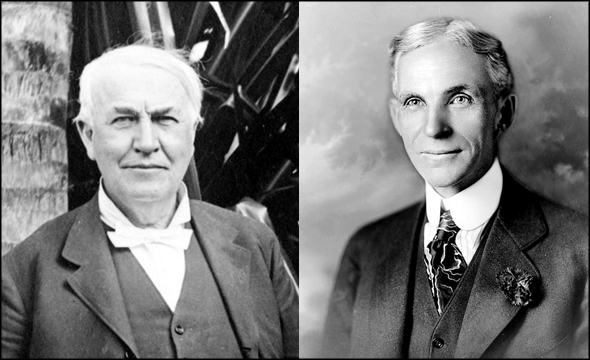With the death of Admiral Farragut, which took place at Portsmouth, New Hampshire, on Aug. 15, 1870, after a protracted illness, the country lost the officer who stood at the head of the Navy, not only in official rank but in universal estimation of merit based upon the severest tests most gloriously sustained.
David Glasco Farragut was born in East Tennessee (Campbell’s Station) on July 5, 1801, and was appointed a midshipman from that state in 1810, being only nine years old (yes, nine years old) at the time. He served under Captain David Porter during the war of 1812 in that brilliant cruise of the Essex. That is one of the proudest passages in the records of the American Navy. His own exploits many years after in the War of the Rebellion proved that he had not forgotten the lessons learned from his daring and skillful commander.
A long period of faithful and successful service, though without opportunity for startling achievements, succeeded the War of 1812, and when the Union expedition against New Orleans was organized, he was sent out in January 1862 as commander of the naval forces connected there, which soon grew into the Gulf Squadron.
Admiral Farragut in His Uniform (public domain)
In April of the same year, he passed Fort Jackson and St. Philip and drew up his squadron before the City of New Orleans, which lay at the mercy of his guns.
In May, he ascended as far as Vicksburg, passing formidable batteries and instituting in conjunction with Rear Admiral Davis, a bombardment, which proved unsuccessful for want mainly of a cooperating land force.
Farragut’s fleet was safely withdrawn to Pensacola and on July 11, he received the thanks of Congress and was, by the President, placed first upon the list of Rear Admirals.
In March 1868, he again ascended the Mississippi, passing the batteries of Port Hudson and cooperated with General Grant in the reduction of Vicksburg, which was accomplished in the early days of July.
The capture of the forts in Mobile Bay in August 1864, crowned a series of exploits, which for skill, daring and solid results, were unsurpassed in the history of Maritime warfare.
Admiral Farragut was advanced in July 1886, to the highest grade known in naval organization. His only considerable service since the war had been in a European cruise, which took on more the nature of a pleasure tour.
Farragut’s health, for a number of months prior, had been exceedingly uncertain and his recovery from a previous severe attack of illness at Chicago was a gratifying surprise to the country. He passed away at the age of 69.
 (2).jpg)
The private character of the late Admiral was as admirable as his public services were glorious. He was remarkably studious of the moral welfare of the men under his command.
Note: The Battle of Campbell’s Station was a battle of the Knoxville Campaign of the American Civil War, occurring on November 16, 1863, at Campbell’s Station, (now Farragut), Knox County, Tennessee.
FarragutÆs grand funeral promoted the new Woodlawn Cemetery in the Bronx, founded in 1863, and his monument set the early standard for the cemeteryÆs memorial architecture. In the decades that followed the admiralÆs death, the rural cemetery received a reputation as a graveyard of AmericaÆs northeastern elite and as a gallery for skilled stone carvers and architects.
Today, FarragutÆs gravesite on Aurora Hill in the Bronx of New York is the best-preserved property directly associated with the first rear admiral, vice admiral, and four-star admirals in United States history.
.jpg)
A One-Dollar Postage Stamp Honors Admiral Farragut
Admiral David Glasgow FarragutÆs historic grave site is in Lot Number 1429-44, Section 14, a large circle in the center of the Woodlawn CemeteryÆs larger Aurora Hill Plot, where Farragut and his immediate family are interred. Farragut was the first person to be buried in the cemeteryÆs Aurora Hill Plot. His wife, son, and daughter-in-law joined him there later.
The impressive Farragut Monument marks his gravesite. The monument is a tall, carved, marble pillar on a granite block, and was the work of New York City-based stone carvers, Casoni & Isola.
I would encourage my readers to pursue the life of this truly outstanding man.
 (2)-543x400.jpg)
-578x400.jpg)
.jpg)
-833x400.jpg)
.jpg)

